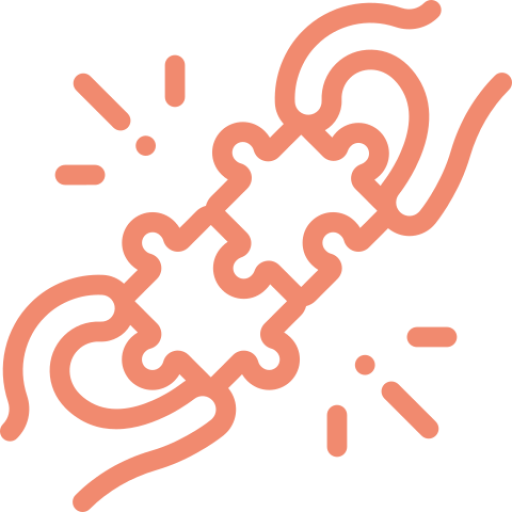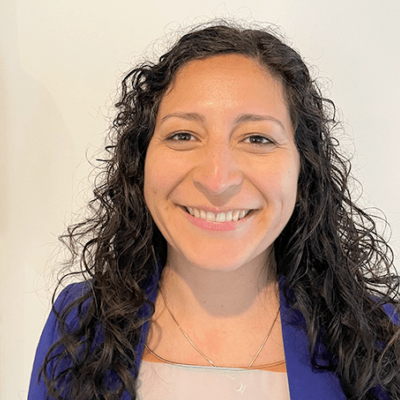Theory of change (ToC) has emerged as the new favorite among donors like DFID, BUZA, US and UK foundations. Its popularity and its benefits are changing the way NGOs develop proposals and design programs.
Have you ever wondered what Theory of change was and how to build a solid ToC to make a case for support and nail your fundraising goals? Then this article is made for you!

Theory of change is a compass
Theory of change is a compass. It is a guiding tool that helps you steer the content of your organization, from organizational design all the way to project implementation. It is an overview of your goals and your assumptions about the most effective ways to achieve your mission. It is driven by impact rather than by activities. Triggered by the question “what do I need to do to achieve my desired impact?”, it helps you ensure that you are working towards your impact level goals and not get distracted by other incentives. As a compass, it is not a fixed blueprint but a dynamic tool that evolves over time according to your progress in the ToC building process.
The validation of these assumptions is a process that can take from one hour to several months!
One of the main strengths of ToC is that it is applicable on multiple scales. This methodology can be used equally at a project-, program- or organizational level, as well as on an entire sector. At the organizational level, having a Theory of change helps you find the most cost-effective ways to tackle your mission — i.e. have the highest impact with the resources at your disposal. From within the organization, putting Theory of change on the agenda automatically brings the discussion from practical to strategy level. The UN Sustainable Development Goals for instance are the Theory of Change to steer our planet into a sustainable future.

A critical narrative for donors
Fundamentally, Theory of Change enables you to test on a rolling basis your assumptions on the best pathways to your organizational goals. The validation of these assumptions is a process that can take from one hour to several months! The verification or falsification of your hypotheses can result from literature reviews, colleague experience, or your own research (from measuring project results to randomized control trials). If a new study related to a section of your ToC comes out, you have to flag it and make it your priority for the day. Indeed, this new piece of information can either verify or falsify one or more of your assumptions. It is therefore key to always keep refining your ToC. As such, it is essential for your team and your organization as a whole to be open and willing to accept falsification. From falsification will emerge new assumptions that can later be tested and hopefully verified.
Theory of Change is a powerful narrative that answers the question most donors ask their potential grantees: “How do you know that your solution works?
As ToC is an impact-driven tool that inherently maps your goals as well as the verified pathways to achieve them in the most cost-effective manner, it is a great way to show potential donors how you intend to fix a societal or environmental problem and why you think that your solution works best. It is a powerful narrative that answers the question most donors ask their potential grantees: “How do you know that your solution works?”

A serious investment
Developing a Theory of change is essential for any organization that wants to have a critical look on its interventions, identify its gaps, design a new intervention that will be impact-driven and cost-effective. It creates a clear, though detailed, narrative about your mission and actions to both donors and the general public.
.
Theory of Change is a leap of faith.
However, building a Theory of Change comes with responsibilities. Theory of Change is a leap of faith. As it is a constant validation of your assumptions, it invariably challenges your beliefs and drives change throughout your organization. Therefore, organizations that are not open to the falsification of their hypotheses — and are subsequently not willing to fundamentally change the way they work — will either dislike ToC, or misuse it. Before embarking on a ToC journey, it is then crucial to pre-commit to applying the outcomes of this long-lasting process, whichever they may be. Such prior commitment will save you a lot of frustration.

Building a solid Theory of change
Developing a Theory of change is a lengthy process that requires the participation of all relevant stakeholders in the organization and beyond to be successful. From board members, to management executives, to staff and strategic partners.
The first step to building a solid Theory of change is to define your desired impact. It has to be on a high scale level, yet specific enough to channel your actions. For instance, to “A healthy planet” that is very broad, we will prefer a more precise statement like “Oceans free of plastic”. Once your impact statement is clearly defined, it is essential to conduct an in-depth analysis of the problem you need to tackle to achieve your desired impact. From your research and investigation will then emerge several pathways towards a possible cost-effective solution, which need constant validation. At that stage, it is helpful to keep a fixed timeline as the validation process can be a lengthy one. Setting in advance a deadline for which you wish to have all the outcomes of your ToC will help you keep your focus and determination to work towards your goal. Indeed, you will be confident that all your work will turn into something concrete.
Also keep in mind that Theory of Change is a peak investment when you develop it. It can take from several months to several years. Afterwards, it is a continuous process low in resources as it is internalized in your organizational culture.

The benefits of external facilitation
Building a Theory of Change is a lengthy process in which you will get lost and then discover yourself again. It questions every solid ground you have. Every law you believed in becomes an assumption that could be falsified. You challenge your own logic, as an organization and as an individual. As such, it can be very helpful to welcome an external facilitator to support you in this process. The facilitator can help you include every relevant stakeholder and guide the timeline through the days, weeks and months. He or she is also a valuable emotional support to your team as the facilitator knows that, despite the challenging and lengthy process, everything will come into place at the end. In addition, as the facilitator doesn’t belong to the organization, he or she doesn’t need to protect his or her own assumptions from falsification. He or she can be critical and act as devil’s advocate, thus helping the organization move forward.
Developing a Theory of Change could by scary and uncomforting, but is also highly rewarding. Indeed, if conducted properly, you come out of this process feeling more secure as you tested and verified your assumptions. For the first time, you can truly answer the question of potential donors: “how do you know your solution works?”

Maarten Mulder
Maarten has over a decade of working experience in both the NGO and the public sectors. Amongst others, he worked for the Dutch Ministry of Foreign Affairs. His fundraising skills range from mapping and profiling to proposal writing and grant management. Over the years, he also developed in-depth knowledge on how NGOs can increase their social impact.

Karla Espinoza
stay up to date
We have at heart to be a resource to you. According to your preference, we will share insights, trainings, networking events and career opportunities that might be of interest for anyone from entry-level to seasoned professionals.
Contact
Phone
+31 (0)6 30 69 45 95
Address
Eursinge 8, 7935AB Eursinge (de Wolden), The Netherlands
228 East 45th Street, Suite 9E New York, NY 10017, USA
info@hvfc-international.com
Join us on
© 2024 HVFC International. All rights reserved.
HVFC ® is a registered trademark of HVFC International B.V.